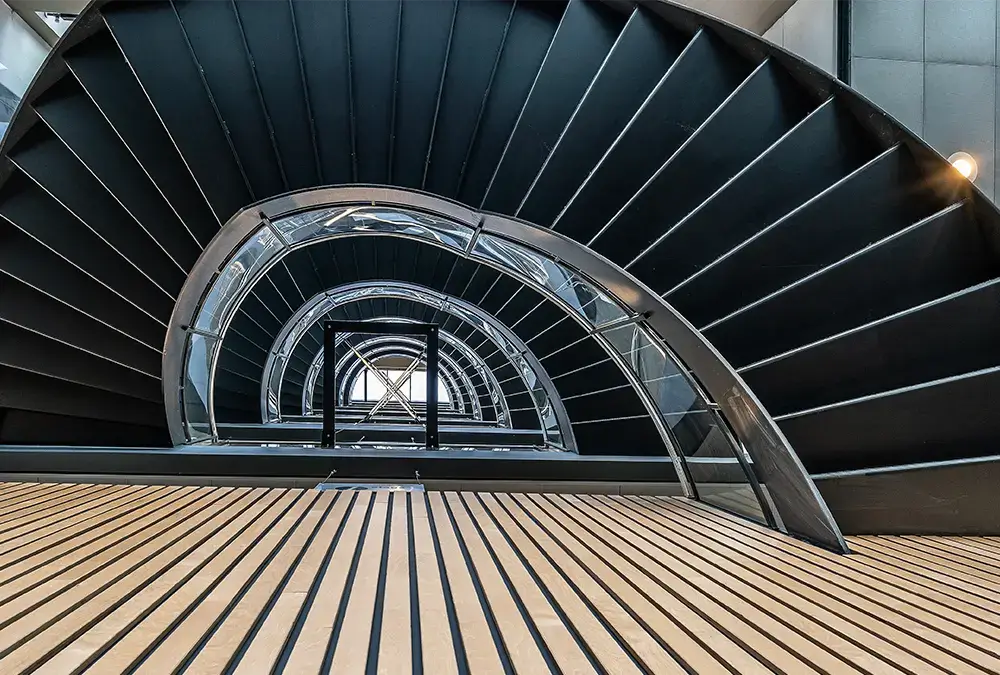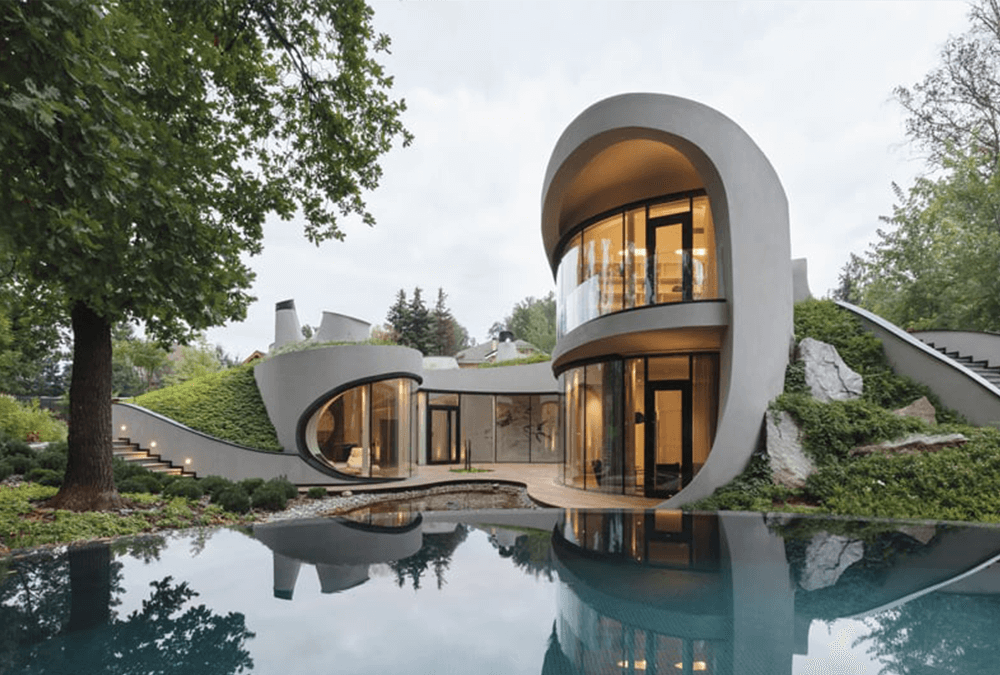
Biophilic design is an emerging trend in architecture that focuses on incorporating natural elements and patterns into built environments. The concept of biophilia, or the innate human attraction to nature, has been well-established in psychology and neuroscience research. Biophilic design seeks to tap into this innate attraction by creating spaces that promote well-being, reduce stress, and enhance productivity.
In this blog post, we will explore the importance of biophilic design in architecture and how it can be incorporated into different types of buildings.
The Benefits of Biophilic Design
Numerous studies have shown the benefits of biophilic design on human health and well-being. For example, exposure to nature and natural elements has been linked to reduced stress levels, improved cognitive function, and faster recovery from illness. Biophilic design seeks to recreate the benefits of nature in built environments by incorporating natural materials, colors, and patterns.
One of the most significant benefits of biophilic design is its ability to reduce stress levels. Natural elements such as plants, water features, and sunlight have a calming effect on the human mind and can reduce stress levels significantly. A study conducted by the University of Washington found that people who worked in an office with plants reported feeling less stressed and more productive than those who worked in a plant-free environment.
Another benefit of biophilic design is its ability to improve cognitive function. A study conducted by the University of Exeter found that workers in a green environment were 15% more productive than those in a non-green environment. The study also found that workers in a green environment had higher levels of concentration and were better at task-switching.
In addition to improving human health and well-being, biophilic design can also have a positive impact on the environment. By incorporating natural materials and energy-efficient systems, biophilic design can help reduce the carbon footprint of buildings and promote sustainable living.
Incorporating Biophilic Design into Different Types of Buildings
Biophilic design can be incorporated into different types of buildings, from residential to commercial to institutional. Here are some examples of how biophilic design can be incorporated into different types of buildings:
Residential Buildings: In residential buildings, biophilic design can be achieved by incorporating elements such as indoor gardens, natural light, and natural materials. Large windows and skylights can bring in natural light, while indoor gardens and living walls can create a sense of natural beauty and tranquility.
Commercial Buildings: In commercial buildings, biophilic design can be incorporated into office spaces, retail stores, and restaurants. Incorporating natural elements such as plants, water features, and natural materials can create a calming and welcoming environment that can increase customer satisfaction and employee productivity.
Institutional Buildings: In institutional buildings such as hospitals, schools, and community centers, biophilic design can create a sense of comfort and healing. For example, incorporating natural elements such as plants and water features can create a calming environment for patients in hospitals, while natural light and colors can enhance learning environments in schools.
Biophilic design is an emerging trend in architecture that seeks to tap into the innate human attraction to nature. By incorporating natural elements and patterns into built environments, biophilic design can promote human health and well-being, reduce stress levels, and enhance productivity. Biophilic design can be incorporated into different types of buildings, from residential to commercial to institutional, and can have a positive impact on both humans and the environment.







